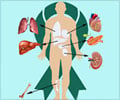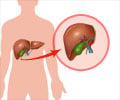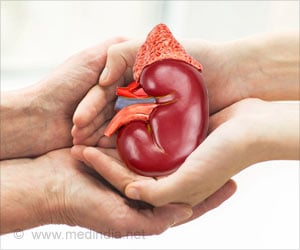A new study reports there is no evidence of children between 6 and 11 years of age being at a disadvantage if they are seeking deceased donor lung transplant.

Bertram Kasiske, MD, of the Scientific Registry of Transplant Recipients (SRTR) in Minneapolis, led a team that examined the validity of those data. "In our capacity as researchers who support the policy process, we addressed whether or not children in the 6 to 11 age range, whose size might afford them benefit from access to lungs from donors aged 12 and older, were greatly disadvantaged by the current policy," said Dr. Kasiske. The researchers analyzed information from the Scientific Registry of Transplant Recipients, which includes data on all donors, wait-listed candidates, and transplant recipients in the United States. The investigators looked specifically at mortality rates by age for candidates registered on the lung transplant waiting list between January 1, 1999, and December 31, 2011.
The team found that children aged 6 to 11 years who are on the waiting list die at a rate that is similar to older candidates. For children aged 0 to 5 years, death rates are higher compared with older children and adults, but transplant rates are not lower compared with other age groups. The researchers also discovered that children aged 6 to 11 years were transplanted at lower rates in the years immediately following implementation of the 2005 lung allocation policy; however, this difference seems to have disappeared in recent years.
"The Thoracic Transplantation Committee of the Organ Procurement and Transplantation Network (OPTN) will be re-evaluating lung allocation policy as it applies to children during late 2013 and early 2014. This research will help inform the debate about pediatric lung allocation policy," said Dr. Kasiske.
In an accompanying editorial, Stuart Sweet, MD, PhD, of Washington University in St. Louis, and Mark Barr, MD, of the University of Southern California in Los Angeles, noted that there are several other factors that should be considered as officials and the transplant community consider whether changes to pediatric lung allocation are warranted. "Opportunities for improvement include bringing the lung donor yield in the 0-11 age group closer to the yield in adolescents, relaxing geographic allocation boundaries to ensure that pediatric lungs are offered first to children, and reserving deceased donor lobar transplant for circumstances where suitably sized donor organs are not available," they wrote.
Advertisement












